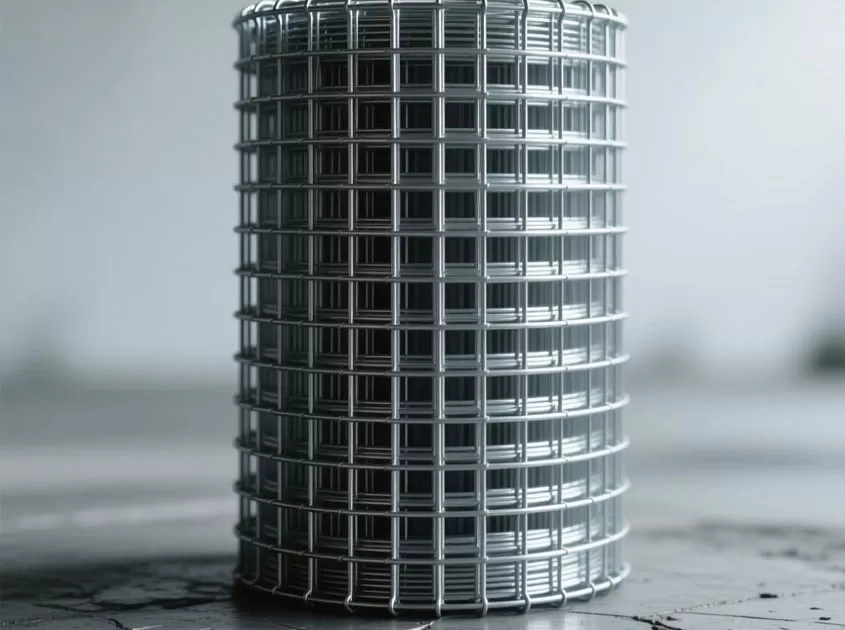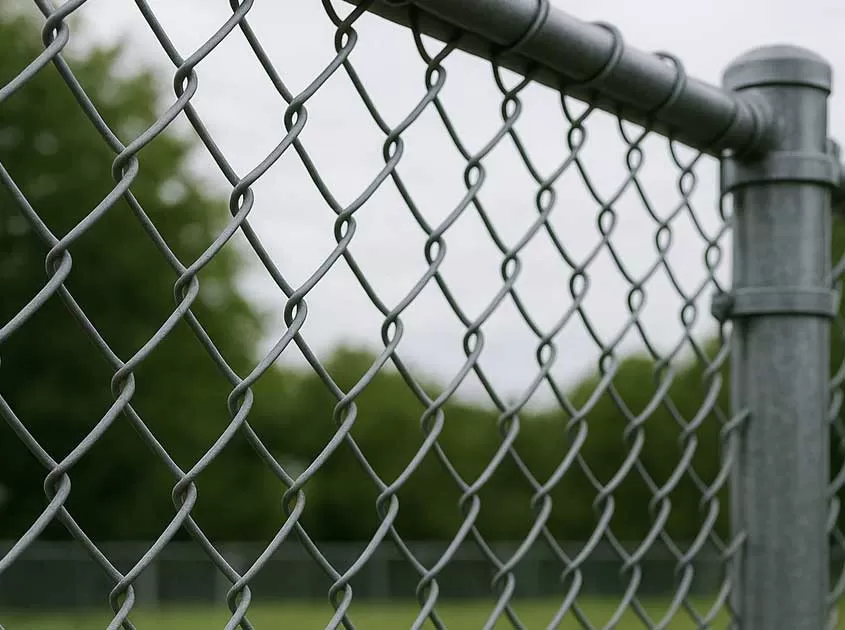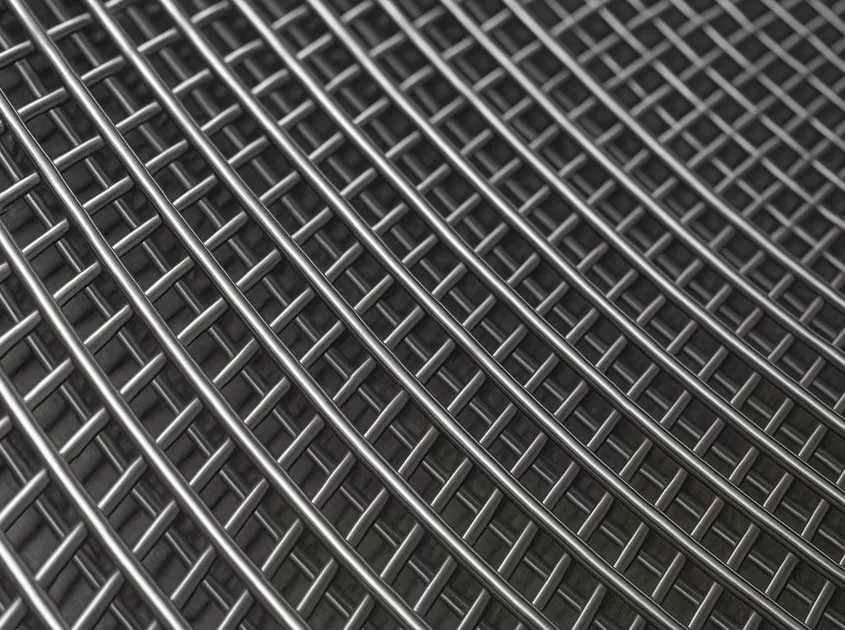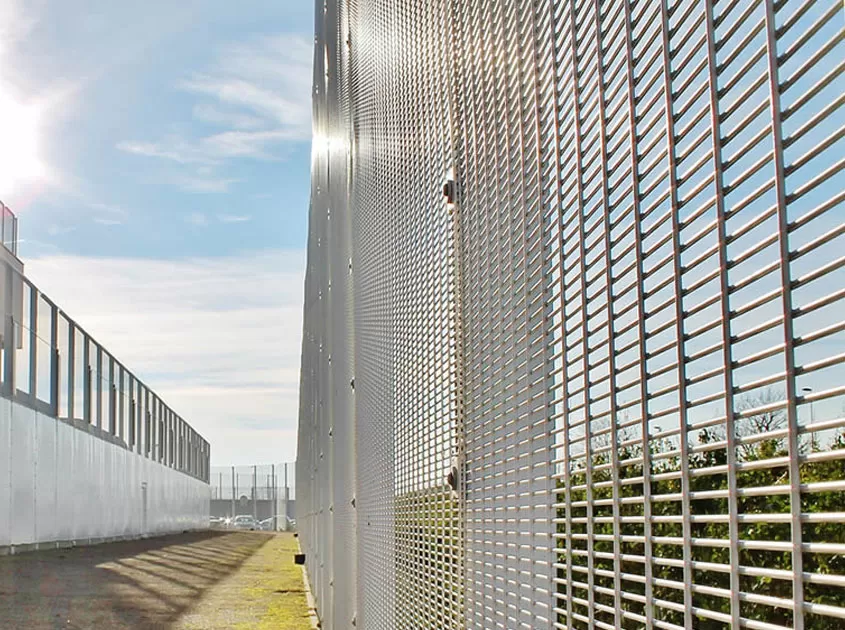Safeguarding Agriculture with Holland Wire Mesh: A Vision for Future Applications
As we step into an era driven by innovation and sustainable practices, Holland Wire Mesh has emerged as a promising solution that bridges the gap between safeguarding agricultural yields and promoting ecological harmony.In the realm of agriculture, the delicate balance between nurturing crops and protecting them from external threats is an ongoing challenge.In this article, we delve into the potential of Holland Wire Mesh and its prospective applications in revolutionizing agricultural protection.
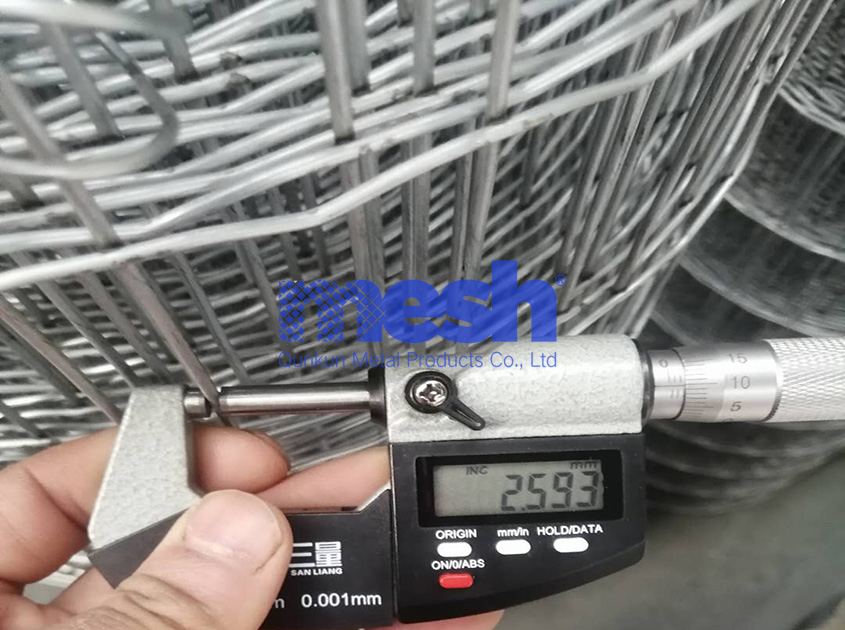
A Tapestry of Protection: Understanding Holland Wire Mesh
Holland Wire Mesh, often referred to as Dutch Weave Wire Mesh, is a specialized form of woven wire cloth known for its unique pattern of wire crisscrossing. This pattern creates a tightly-knit fabric that boasts exceptional strength, durability, and precision. Originally developed for industrial applications, its potential in agriculture has sparked considerable interest as a versatile solution for safeguarding crops and enhancing cultivation practices.
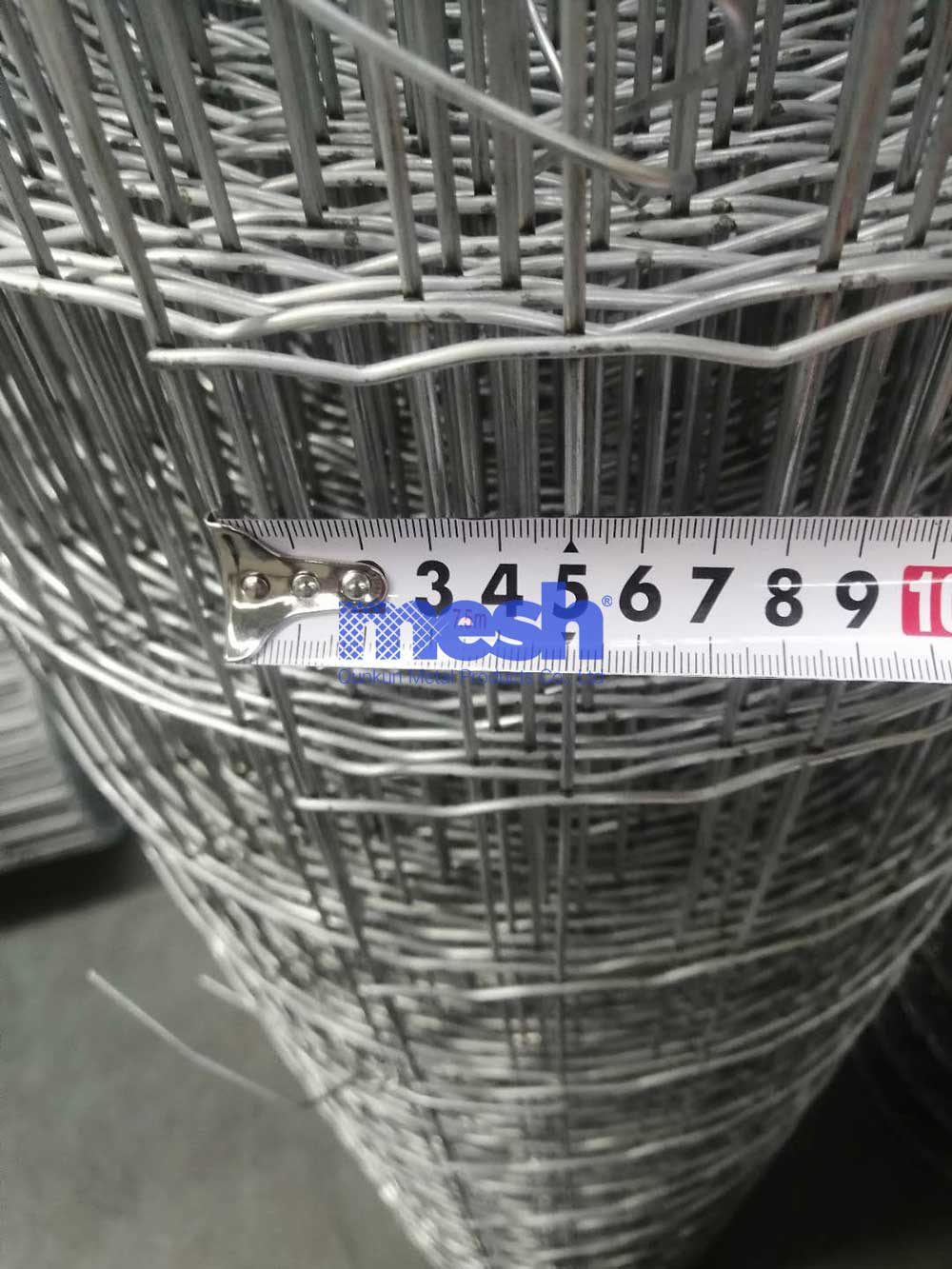
Shielding Crops from Intruders
Agricultural landscapes are not only home to valuable crops but also attract a range of pests and wildlife that can decimate yields. Holland Wire Mesh, with its tight weave and sturdy construction, presents an impervious barrier that keeps unwanted visitors at bay. Whether it's deterring nibbling critters, preventing birds from feasting on ripening fruits, or safeguarding against larger wildlife, this mesh serves as a formidable shield for delicate crops.

Promoting Controlled Pollination
In the realm of horticulture, precise pollination can make the difference between a bountiful harvest and a disappointing one. Holland Wire Mesh can be employed as a controlled environment for pollination, allowing the passage of pollen while preventing cross-contamination between different plant varieties. This level of control empowers growers to create optimal conditions for hybridization and maintain genetic purity in their crops.
-
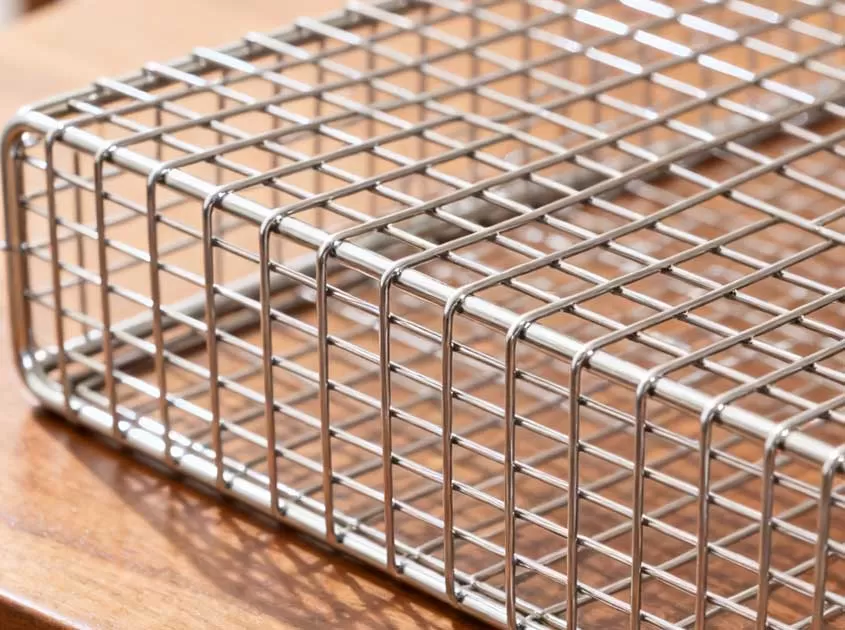 Corrosion-Resistant Stainless Steel Wire Mesh Oct 28, 2025
Corrosion-Resistant Stainless Steel Wire Mesh Oct 28, 2025

- Tel.: +86 311 83077076
- E-mail: sales@qunkunmetal.com
- Skype: qunkunsales01
- WhatsApp: 8618032412189
- Add.: No.69 The Filter Industrial Part of Anping, Hebei, China






